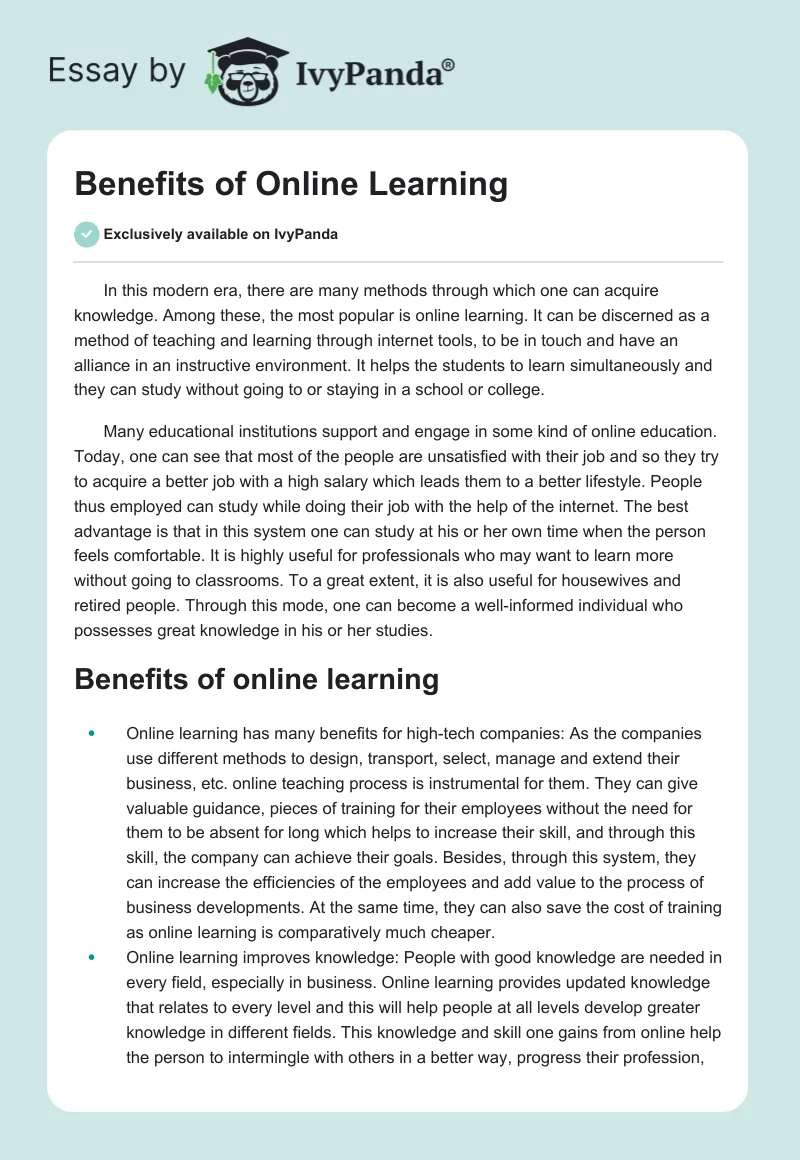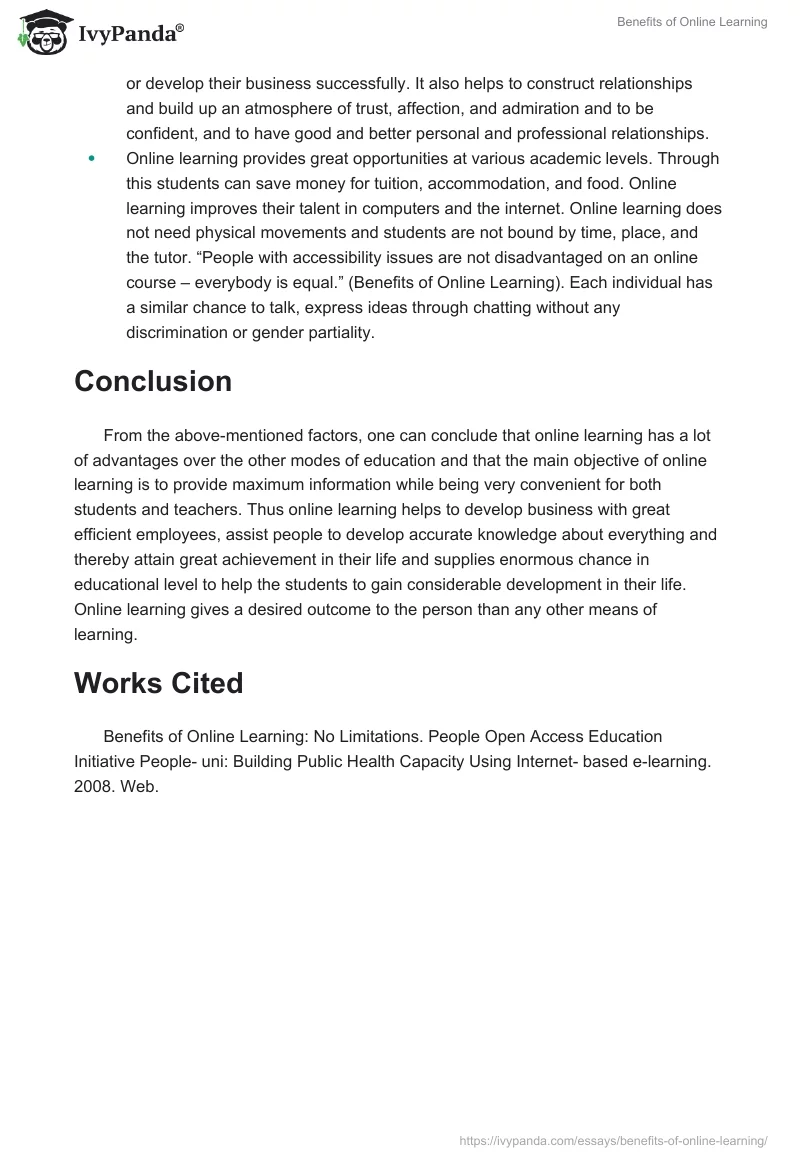In this modern era, there are many methods through which one can acquire knowledge. Among these, the most popular is online learning. It can be discerned as a method of teaching and learning through internet tools, to be in touch and have an alliance in an instructive environment. It helps the students to learn simultaneously and they can study without going to or staying in a school or college.
Many educational institutions support and engage in some kind of online education. Today, one can see that most of the people are unsatisfied with their job and so they try to acquire a better job with a high salary which leads them to a better lifestyle. People thus employed can study while doing their job with the help of the internet. The best advantage is that in this system one can study at his or her own time when the person feels comfortable. It is highly useful for professionals who may want to learn more without going to classrooms. To a great extent, it is also useful for housewives and retired people. Through this mode, one can become a well-informed individual who possesses great knowledge in his or her studies.
Benefits of online learning
- Online learning has many benefits for high-tech companies: As the companies use different methods to design, transport, select, manage and extend their business, etc. online teaching process is instrumental for them. They can give valuable guidance, pieces of training for their employees without the need for them to be absent for long which helps to increase their skill, and through this skill, the company can achieve their goals. Besides, through this system, they can increase the efficiencies of the employees and add value to the process of business developments. At the same time, they can also save the cost of training as online learning is comparatively much cheaper.
- Online learning improves knowledge: People with good knowledge are needed in every field, especially in business. Online learning provides updated knowledge that relates to every level and this will help people at all levels develop greater knowledge in different fields. This knowledge and skill one gains from online help the person to intermingle with others in a better way, progress their profession, or develop their business successfully. It also helps to construct relationships and build up an atmosphere of trust, affection, and admiration and to be confident, and to have good and better personal and professional relationships.
- Online learning provides great opportunities at various academic levels. Through this students can save money for tuition, accommodation, and food. Online learning improves their talent in computers and the internet. Online learning does not need physical movements and students are not bound by time, place, and the tutor. “People with accessibility issues are not disadvantaged on an online course – everybody is equal.” (Benefits of Online Learning). Each individual has a similar chance to talk, express ideas through chatting without any discrimination or gender partiality.
Conclusion
From the above-mentioned factors, one can conclude that online learning has a lot of advantages over the other modes of education and that the main objective of online learning is to provide maximum information while being very convenient for both students and teachers. Thus online learning helps to develop business with great efficient employees, assist people to develop accurate knowledge about everything and thereby attain great achievement in their life and supplies enormous chance in educational level to help the students to gain considerable development in their life. Online learning gives a desired outcome to the person than any other means of learning.
Works Cited
Benefits of Online Learning: No Limitations. People Open Access Education Initiative People- uni: Building Public Health Capacity Using Internet- based e-learning. 2008. Web.


